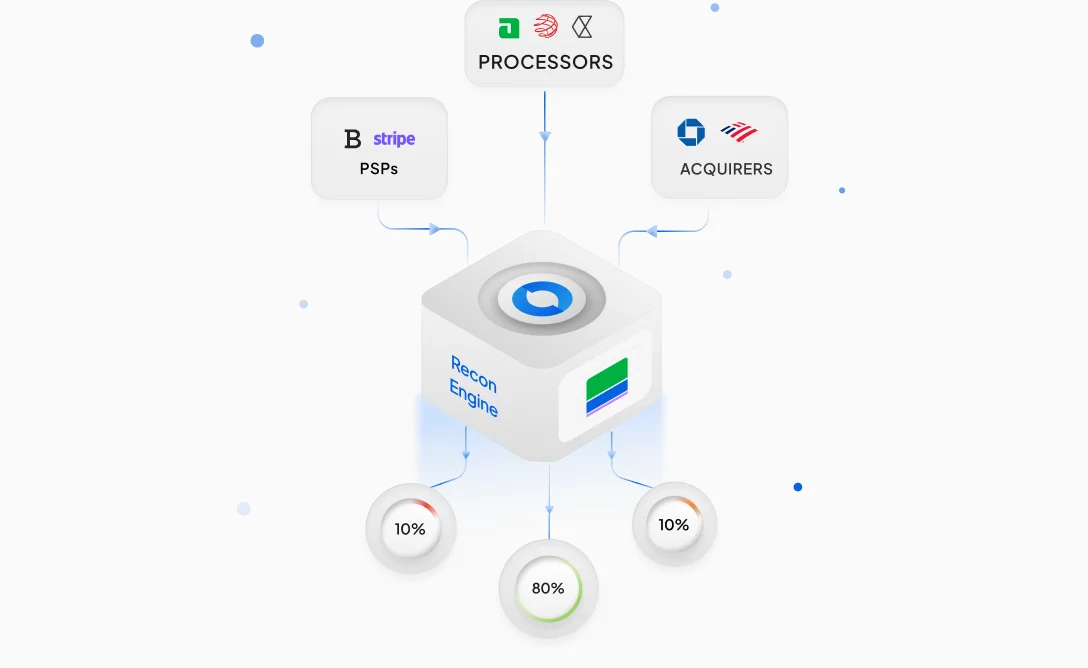The Impact of GDPR on Payment Data Handling
Today’s world is driven by information, and data has become the equivalent of a life force for any business operation. Various bureaucratic regulations and compliances have been built around handling and protecting data for businesses and on behalf of consumers. The General Data Protection Regulation (GDPR) is one of them and is widely considered a vital framework for protecting the data privacy of consumers.
Introduction to GDPR and Its Impact on Payments
GDPR is a legal framework of regulations and principles that aims to set the standards for the data privacy protection rights of customers in the European Union. Businesses operating in any EU country must follow the principles of GDPR compliance. GDPR applies to any meaningful information or data related to an identifiable person. It sets up rules and guidelines for businesses to collect and process individuals’ personal information, including payment data.
For payment processing, consumers give merchants their personal data for transactions with the trust that this data will be protected. As such, the penalties for not complying with GDPR can cost businesses up to €20 million or 4% of annual global turnover in fines, whichever is higher.
This framework’s implementation across EU nations has ensured that payment processing is as seamless and protected for individuals as possible. It also imposes the accountability of failing to protect user data on businesses with poor data risk management. Since its enforcement in 2018, businesses have evolved their compliance practices to make payment processing more secure.
Key GDPR Requirements for Payment Processing
GDPR enforces strict measures for payment processing to obtain informed and explicit consent from individuals before a business can process its data. The key requirements include:
- Transparency of all the data collected from individuals.
- How the data collected can and/or will be used by the organization.
- Providing clear and accessible terms and conditions before engaging with individuals.
- Obtaining explicit consent from users before using their data unless the processing is necessary for completing the payment transaction (contractual necessity).
Implementing GDPR in Payment Systems
To be deemed legal, payment systems must comply with GDPR regulations. Payment data, such as customers’ card details, personal data, contact details, purchase details, etc., must be covered under high-level security. To enhance this security, GDPR enforces data protection by design and by default principles on merchants, eCommerce businesses, and payment gateways.
Privacy by Design, encouraged under GDPR, promotes privacy within payment systems and processes. Its implementation enhances user privacy and encourages businesses to elevate their user and data security levels at every stage of their program development.
The core GDPR principles used in the Privacy by Design approach include:
1. Data Minimization - Limiting the request of personal data from users by only asking for relevant information concerning what payment request is being processed.
2. Limitation of Storage - Personal information must not be stored longer than necessary for the purposes for which it was collected.
3. Data Subject Rights - Proper protocols must be followed when obtaining, processing, sharing, retrieving, or deleting consumers’ personal data.
4. Confidentiality and Security - Personal data must be processed and stored using appropriate technical and organizational measures to ensure its protection.
Challenges and Solutions for GDPR Compliance
The three main challenges concerning GDPR compliance in payment data handling are data mapping, Data Protection Impact Assessments (DPIA), and transparency. If not addressed properly, these challenges can plague a business’s operations.
1. Data Mapping
To comply with the strict standards of GDPR, businesses must identify how data flows within their systems, which presents a series of challenges such as:
- Data tracking - It can become difficult for organizations with unorganized databases to track the inflow and outflow of data, especially if the organization operates on multiple platforms, such as web and mobile applications, and receives data from different entities, such as third parties or extensions.
- Lack of resources - It is a very tedious task to find the right set of tools and third parties that fit an organization’s standards for tracking, processing, categorizing, and maintaining all the data flow.
The best way to deal with this challenge is to conduct regular audits with a defined checklist to discover new sources of data within your systems. Using trusted tools for data discovery, data mapping, and categorization can also play a huge role in streamlining payment processes.
2. Data Protection Impact Assessments (DPIA)
Conducting a comprehensive DPIA is a very complex task that must be performed for high-risk processing activities, such as large-scale payment processing. Identifying high-risk elements within your organization and making risk mitigation plans requires critical in-depth assessments to discover data processing risks. Building risk mitigation measures requires a lot of time and expertise.
The solution to this challenge includes building an efficient data mapping strategy. Moreover, successfully implementing DPIA policies and monitoring their functioning requires allocated resources and time from a team that includes members with different backgrounds. This ensures that the payment processing is good to go from technical, legal, and cybersecurity perspectives.
3. Transparency
The challenge that arises from drafting privacy and cookie policies can be a hurdle for businesses. These policies not only need to contain legally prescribed information but also cover other avenues, such as:
- Complex data processing activities
- Data accessibility requirements
- Understandability to a layman with technical and legal jargon
- Aligning user expectations with business legalities
The solution here is to provide customers with privacy and cookie policies that can be easily accessed from your website. The policies should contain categories with relevant information, such as introduction, third-party details, data categorization, and more. One way to ensure customers don’t miss out is to present these policies and ask for consent during the payment process where applicable.
























